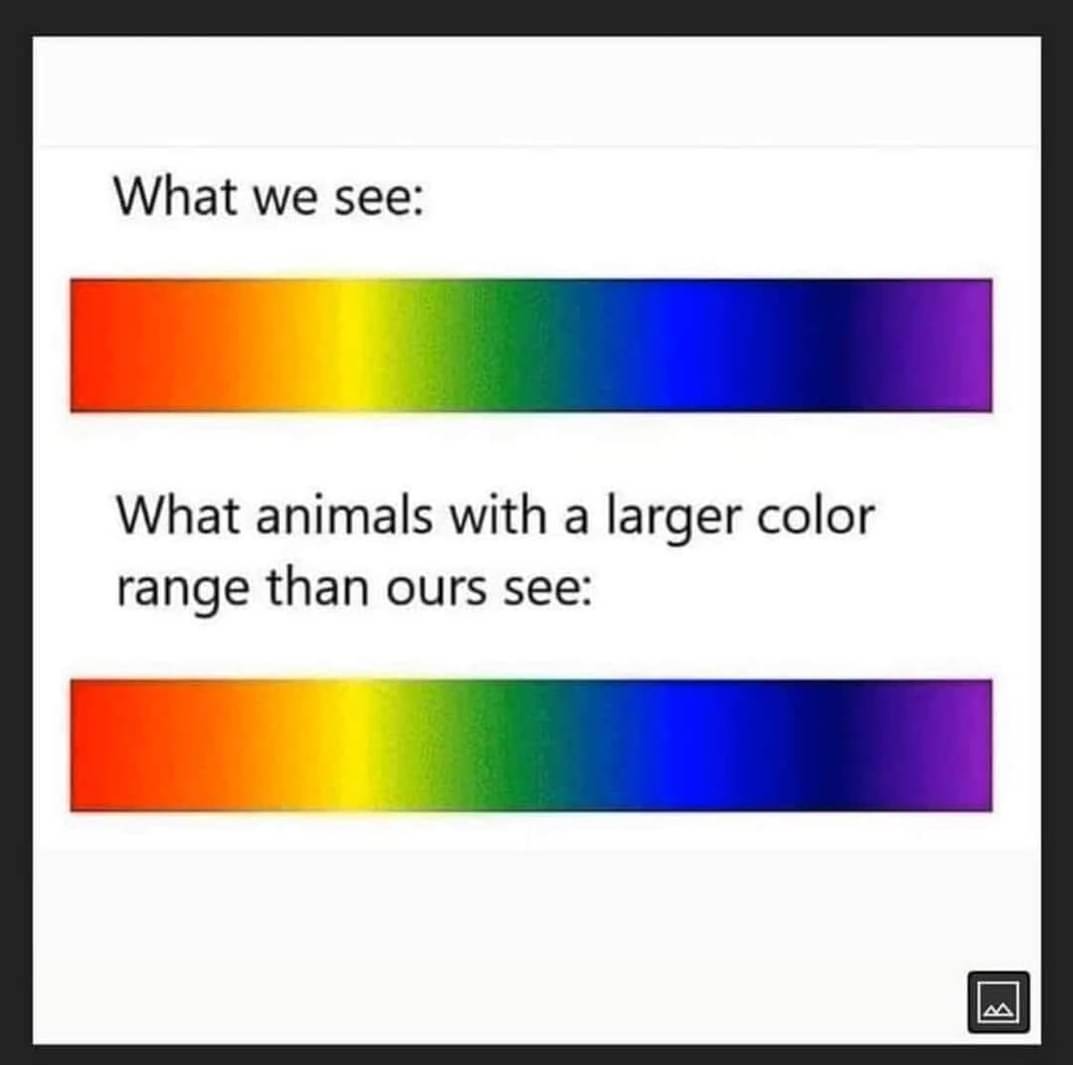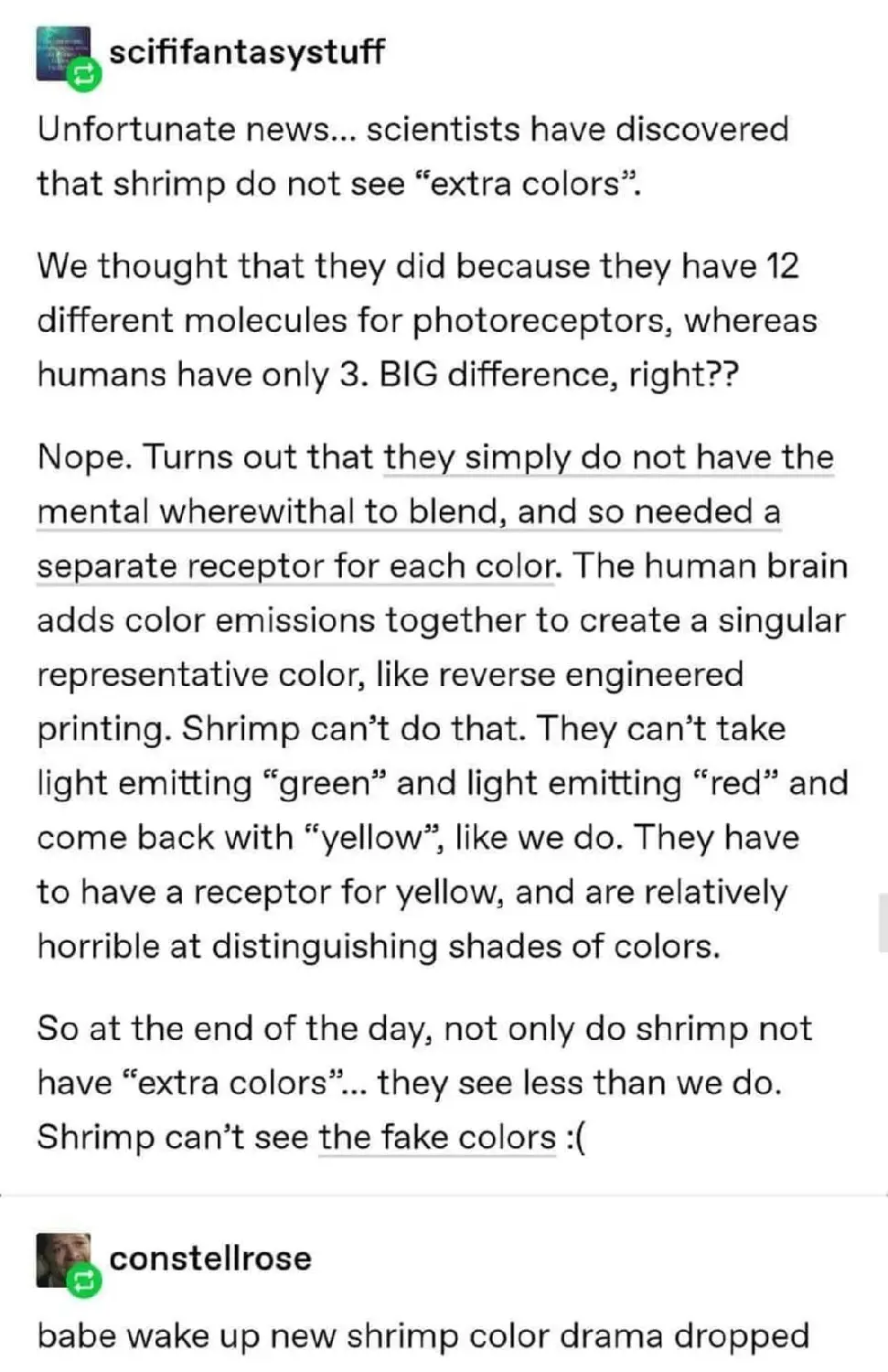I'm slightly colour blind and have an app on my phone that can simulate my deficiency. I take a photo and it shows the views side by side. I adjust it til they look the same and then show my wife (with her stupid perfect colour vision) and she can describe the difference in what I'm seeing.
On rare occasions she says what I'm seeing looks better, so it's not all bad




